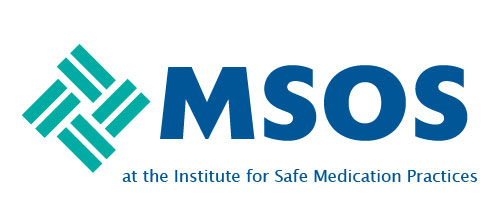Seeking input from other institution's policies and hardwired safeguards regarding early administration of narcotic PRN medications. Concern that early administration may lead to dose stacking and potential for oversedation/respiratory depression esp in vulnerable populations (opioid-naive, geriatric, etc).
Example: Example: Hydromorphone 0.5 mg ordered q4h PRN. If administered every 3 hours instead of every 4, the patient could receive two additional doses (1 mg) within a 24-hour period.
Current safeguards: *EHR Med "Too Soon" Alert fires before 75% of the interval has elapsed (in the above example alert would fire if given < or = 3 hours)
*Policy support: Medications should not be given earlier than the PRN interval ordered. Our scheduled meds have specific time frames in policy (ex. within 30 min of due time for time critical meds)
Challenges:
*Alerts can be overridden or missed due to alert fatigue
*Policy and regulatory/professional guidelines (see summary below) have room for clinical judgement/interpretation that creates potential for variation and risk
DEA Pharmacist's Manual/CFRs: There is no explicit language regarding PRN usage. However, giving more of a medication than prescribed could be viewed as being "non-compliant" dispensing.
ISMP: No specific guidance for PRN except that early administrations can result in dose stacking and potential adverse events with high-risk medications like opioids. Per a survey of 18,000 nurses, ISMP recommends flexibility and clinical judgment, especially for PRNs, and supports system-level safeguards to prevent early or unsafe administration
CMS: Medication orders should be consistent with physician orders and safe practice, which includes respecting PRN intervals.
ANA (American Nursing Association): No guidance on PRNs
ASHP: Supports documentation for reason for use and effectiveness, with escalation pathways when needs exceed current intervals
TJC: While the MM chapter doesn't call out PRN specifically, this section could still apply based on minimum intervals between doses. MM.04.01.01- Organizations must have policies that ensure medications are administered safely and as intended by the prescriber. This includes:
• Clear documentation of indication for use.
• Defined minimum intervals between doses.
• Monitoring for effectiveness and adverse effects
Thank you all for your input!

